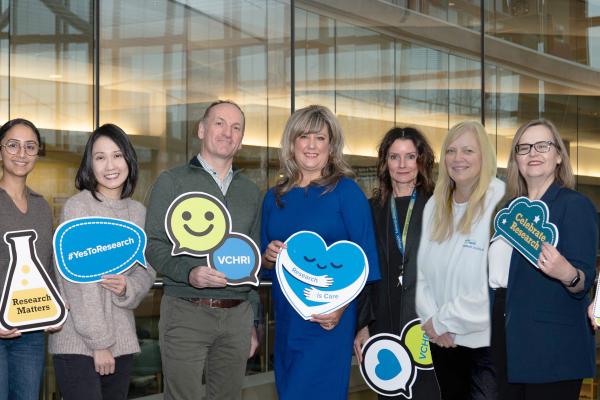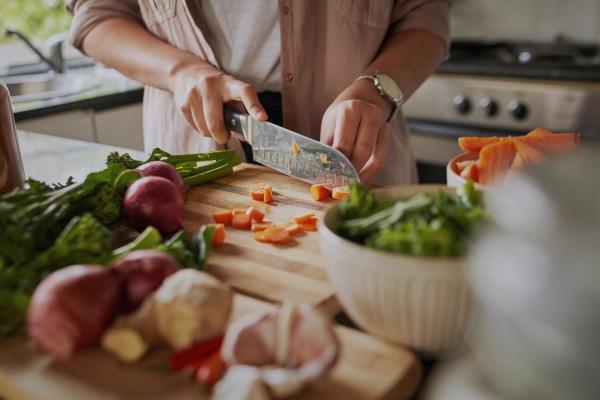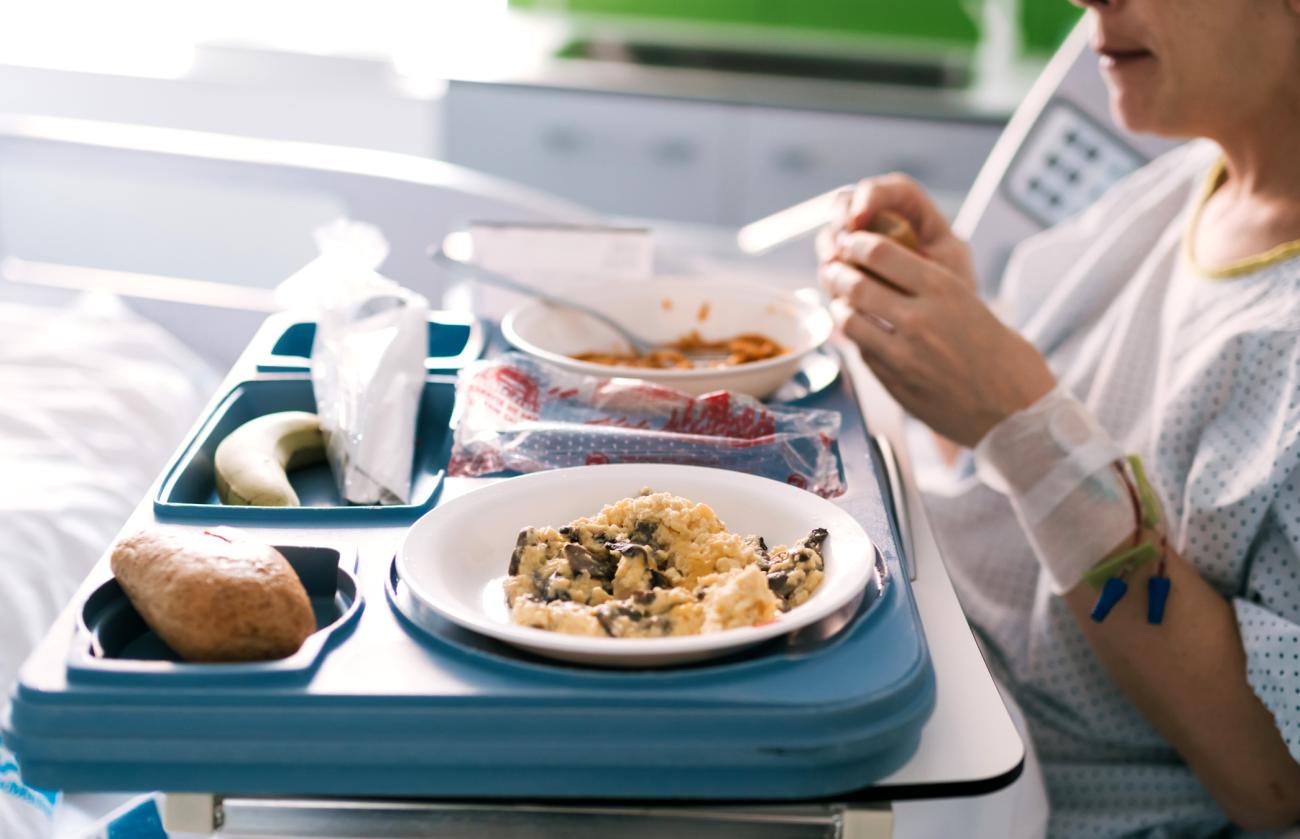
The Indigenous Health Research Unit at VCHRI is collaborating with the Nuxalk Nation to create a culturally appropriate in-hospital menu.
A new project led by Vancouver Coastal Health Research Institute (VCHRI) researcher Dr. Chenoa Cassidy-Matthews is working alongside Nuxalk Nation community members in Bella Coola, British Columbia, to incorporate culturally appropriate foods at the Bella Coola General Hospital (BCGH).
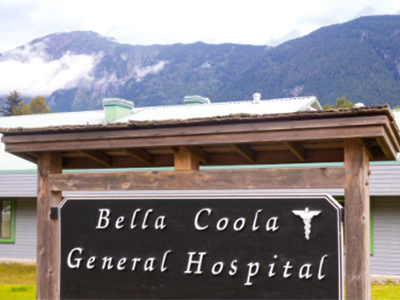
“Food and ceremony are integral to Indigenous Peoples and support the reduction of health inequalities,” Cassidy-Matthews shares. “Essential to this is the recognition of the importance of incorporating Indigenous culture, ceremony, traditional medicine and language into the health care system.”
The Nuxalk BCGH Traditional Foods Project is a collaborative initiative supported by the Indigenous Health Research Unit (IHRU) at VCHRI, with Cassidy-Matthews working as its population health epidemiologist. The IHRU was formed in 2024 to serve as a dedicated team committed to conducting health research that transforms health care through community engagement and the integration of Indigenous knowledges and methodologies.
“From an epidemiological standpoint, nutritious and culturally appropriate foods can be a protective factor in the health and well-being of Indigenous Peoples.”
Launched in 2024 by food advocates within the Nuxalk traditional territories that cover Bella Coola and surrounding areas, the Nuxalk BCGH Traditional Foods Project aims to chart a path forward for traditional and locally sourced foods from the Nuxalk territory to be made readily available to patients at BCGH.
Cassidy-Matthews became the lead of the project in 2024, traveling to Bella Coola to speak directly with Nuxalk community members along with BCGH health care providers and in-hospital food providers to gather insights and feedback for her research.

The ongoing Nuxalk BCGH Traditional Foods Project includes a research and evaluation plan to track progress and outcomes, focusing on culturally safe care, sustainable food systems and Nuxalk knowledge and traditions. Cassidy-Matthews is also engaging in baseline data collection on food waste, BCGH patient satisfaction and funding needs.
“This is predominantly an implementation-focused project centred on building relationships between the Nuxalk Nation and health care services at BCGH,” says Cassidy-Matthews. “It aligns with a province-wide movement to offer culturally appropriate foods in hospital menus.”
Community involvement is helping to break barriers
“Regulatory hurdles are a prime impediment to featuring Indigenous foods in hospital menus,” states Cassidy-Matthews. “Hospital food suppliers must be approved by environmental health officers within provincial health authorities, which can be a challenge for small Indigenous food suppliers, such as individuals harvesting game, vegetables and fruits from the land.”
“Our team has had to address concerns surrounding food safety that can be very colonial in nature,” explains Cassidy-Matthews. “Right now, any foods destined for in-hospital patients must be processed in approved facilities, which disqualifies many traditional foods that have been harvested and prepared by the Nuxalk Nation for millennia.”
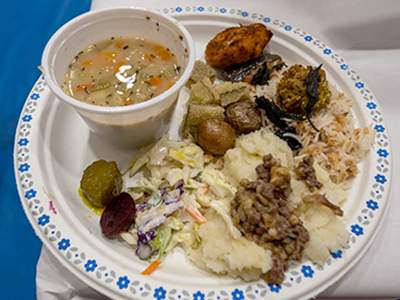
Other bridges to cross include navigating government-mandated quotas that restrict the harvest of game as well as establishing relationships with local hunters and traditional food harvesters.
Despite these hurdles, Cassidy-Matthews and her team, including VCHRI researcher and IHRU program manager Dr. Andreas Pilarinos, have been making progress.
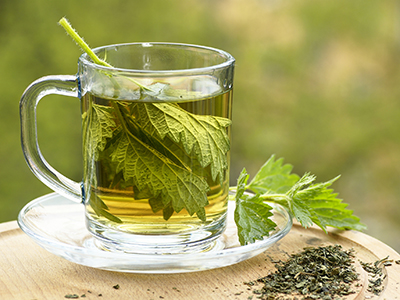
“The BCGH kitchen staff whom we have spoken with are excited about offering culturally appropriate foods,” Cassidy-Matthews shares. “We are presently working with Nuxalk knowledge keepers to develop a new menu that incorporates culturally appropriate foods: both traditional foods harvested from the Nuxalk territory and other food items that bring comfort to Nuxalk community members and that reflect their present tastes.”
“This is an exciting point in the push to include more culturally appropriate, nutritious foods in hospital menus,” adds Cassidy-Matthews. “Other First Nations and health care providers throughout the province have already expressed an interest in our project and have asked to be looped in on its progress over the coming months.”
